| Title | Efficient dense stereo with occlusions for new view-synthesis by four-state dynamic programming |
| Publication Type | Journal Article |
| Year of Publication | 2007 |
| Authors | Criminisi, A, Blake, A, Rother, C, Shotton, J, Torr, PHS |
| Journal | International Journal of Computer Vision |
| Volume | 71 |
| Pagination | 89–110 |
| ISSN | 09205691 |
| Keywords | Dense stereo, Gaze correction, Image-based rendering, Video-conferencing |
| Abstract | A new algorithm is proposed for efficient stereo and novel view synthesis. Given the video streams acquired by two synchronized cameras the proposed algorithm synthesises images from a virtual camera in arbitrary position near the physical cameras. The new technique is based on an improved, dynamic-programming, stereo algorithm for efficient novel view generation. The two main contributions of this paper are: (i) a new four state matching graph for dense stereo dynamic programming, that supports accurate occlusion labelling; (ii) a compact geometric derivation for novel view synthesis by direct projection of the minimum cost surface. Furthermore, the paper presents an algorithm for the temporal maintenance of a background model to enhance the rendering of occlusions and reduce temporal artefacts (flicker); and a cost aggregation algorithm that acts directly in the three-dimensional matching cost space. The proposed algorithm has been designed to work with input images with large disparity range, a common practical situation. The enhanced occlusion handling capabilities of the new dynamic programming algorithm are evaluated against those of the most powerful state-of-the-art dynamic programming and graph-cut techniques. Four-state DP is also evaluated against the disparity-based Middlebury error metrics and its performance found to be amongst the best of the efficient algorithms. A number of examples demonstrate the robustness of four-state DP to artefacts in stereo video streams. This includes demonstrations of cyclopean view synthesis in extended conversational sequences, synthesis from a freely translating virtual camera and, finally, basic 3D scene editing. © 2006 Springer Science + Business Media, LLC. |
| DOI | 10.1007/s11263-006-8525-1 |
| Citation Key | Criminisi2007 |


